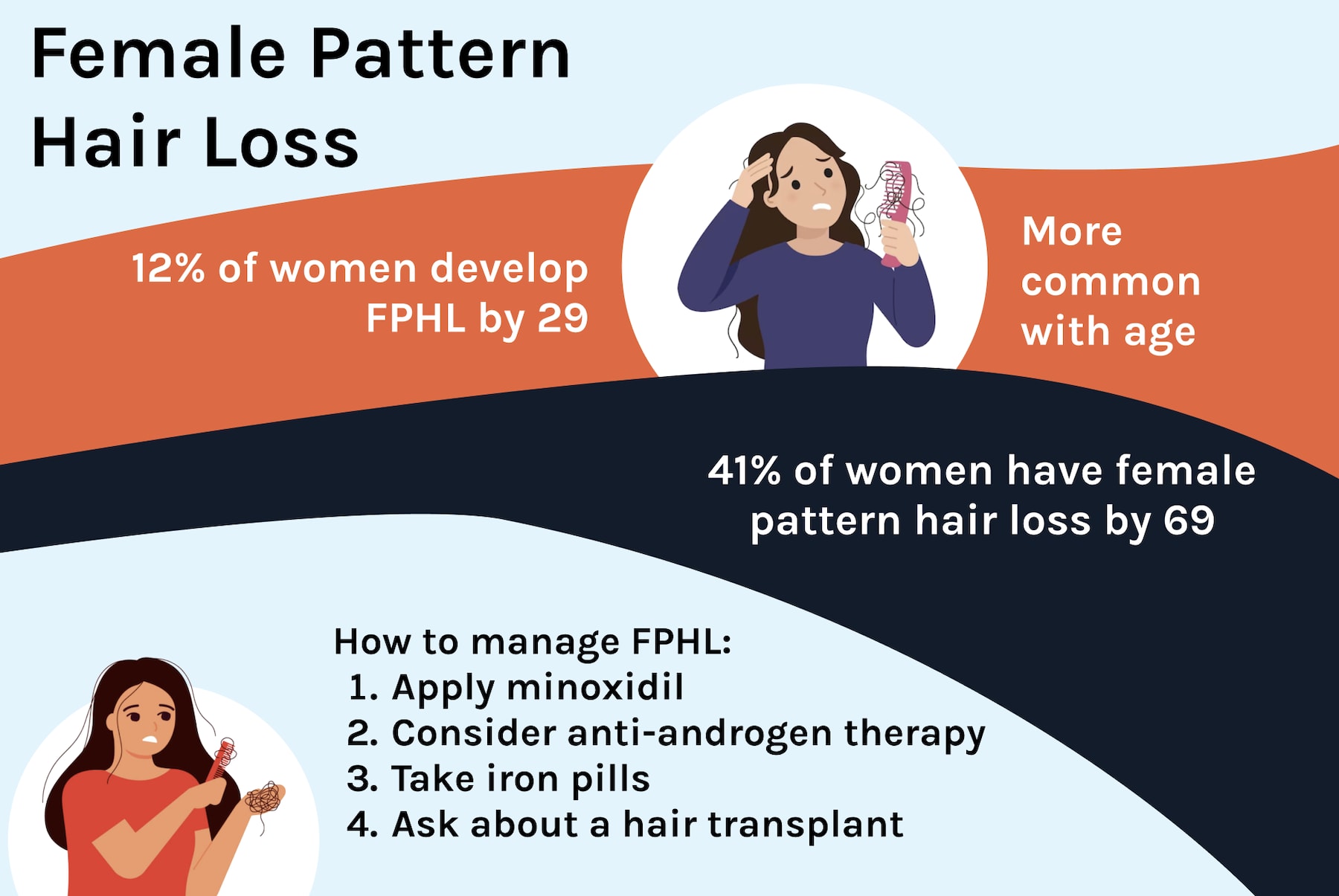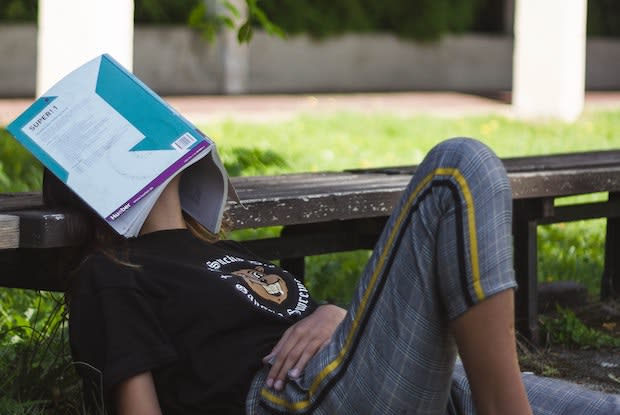How many women experience hair loss?
Hair loss in men is not an uncommon everyday sight, but women experiencing hair loss may suffer in silence. A full head of hair is expected in women, so female pattern hair loss may not seem as common, but it affects large populations of women across the world.
Researchers found that female pattern hair loss (FPHL) has three grades in one study published through the National Library of Medicine. There is visible thinning at the hair on the crown in grade I. In grade II, the thinning becomes more perceptible across the entire head. Grade III denotes full baldness. 1
Researchers also found that FPHL occurs during a woman’s reproductive years. Around 12 percent of women develop the first signs of FPHL by 29 years old, and this number goes up steadily with age. By 49, 25 percent of women have FPHL, 41 percent by 69, and over 50 percent of women have FPHL by 79 years old. 1

Hair loss can have a massive impact on a woman’s social and emotional well-being. But what are the options to treat hair loss? Read on to learn more.
Apply Minoxidil
Minoxidil is the only medication approved for hair loss in women. This drug is a topical foam that is applied to the scalp. Minoxidil works most effectively at the front of the scalp for a receding hairline. It can also benefit women with thinning hair.
Minoxidil is a vasodilator that helps reverse the effect of androgenetic alopecia. This genetic form of hair loss causes hair follicles to shrink, thinning the hair. Eventually, this condition can cause total hair loss. Minoxidil battles this condition by widening the blood vessels to deliver more oxygen to the hair follicles. This drug can create stronger hairs and keep the hair in the anagen (growth) phase longer.
Before using minoxidil, ensure that the scalp area is clean and dry. You will apply about half a capful of foam to the scalp and rub it in. Only use minoxidil on the scalp and do not apply it to other body areas. You will want the scalp to dry completely before continuing your bedtime routine.
It may take several months to notice changes in your hair growth after starting minoxidil. 2 Most people may not notice growth until four months after initially applying the medicated foam. If your hair condition does not improve after six months, you may want to talk to your doctor for more treatment options.

Anti-Androgen Therapy
Androgens represent male hormones, including testosterone. Testosterone is known to kill hair follicles over time, so if a woman has high androgen levels, anti-androgen therapy may be a helpful treatment option. Not all women respond to minoxidil.
If your doctor determines anti-androgen therapy is right for you, you may receive a prescription for Aldactone (spironolactone). This may be the case, especially if you have polycystic ovary syndrome (PCOS), producing excess androgens. 3 If Aldactone is right for you, you will likely be prescribed birth control along with anti-androgen therapy because these medications can cause genetic abnormalities in a fetus.
Take Iron Pills
An iron deficiency may be the cause of hair loss in some women. This cause of hair loss is not typically related to genetics but may be caused by diet choices and lifestyle. Other signs of iron deficiency can include:
- pale skin
- headache
- weakness
- chest pain
- brittle nails
- cold hands and feet
- extreme fatigue
If you have any of these symptoms and hair loss, a lack of iron may be the culprit. An iron deficiency is linked to insufficient hemoglobin in the blood, causing hair loss. Hemoglobin is responsible for carrying oxygen to the cells and helps stimulate hair growth. 4 Luckily, iron supplements are readily available at your local grocery store, so you can quickly improve your iron levels.

Hair Transplants
If you have severe female hair loss, a transplant may be a viable option for you. The techniques for hair restoration are the same for men and women. In some cases, the procedure involves removing a strip of the scalp from the back of the head and filling bald patches. Follicular unit transplantation is the most common method for hair transplants.
Once the strip is removed, it is divided into tiny grafts that contain hairs. Once divided, the graft is planted in the scalp in an area of missing hair. Hair will then grow naturally in that area and have a more natural look than older, traditional hair transplants. 5
Hair transplants are considered a safe procedure with a low morbidity rate. But women tend to have higher expectations for their transplants than men, meaning more women are dissatisfied after a hair transplant. If you want to learn more about hair loss treatment options for women, visit mailMymeds today or browse the related hair loss articles below.
The content in this article is intended for informational purposes only. This website does not provide medical advice. In all circumstances, you should always seek the advice of your physician and/or other qualified health professionals(s) for drug, medical condition, or treatment advice. The content provided on this website is not a substitute for professional medical advice, diagnosis, or treatment.






